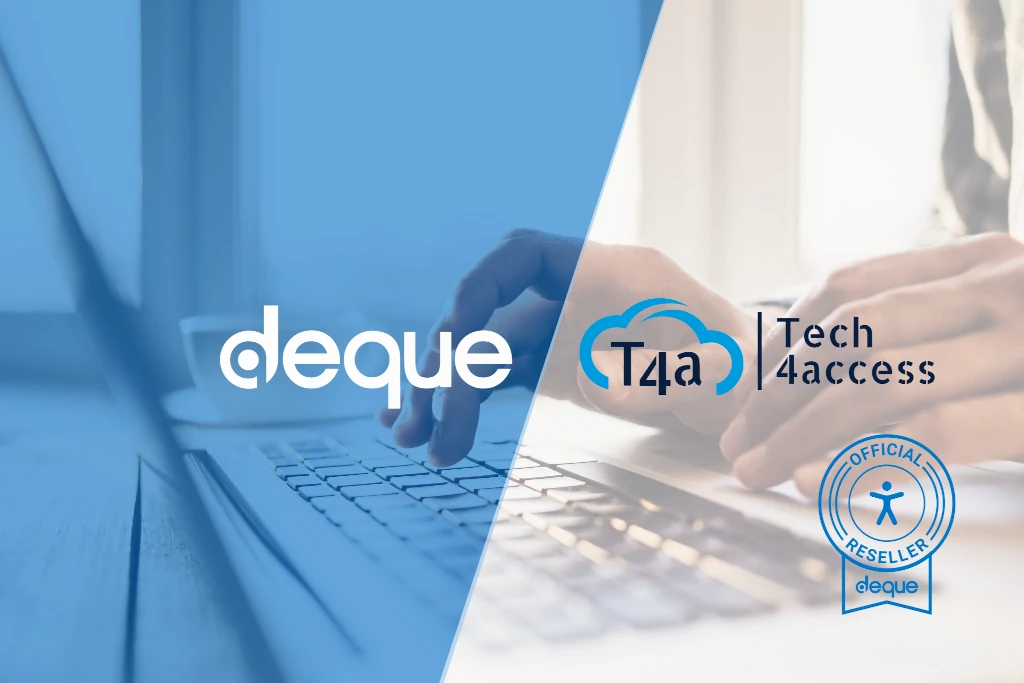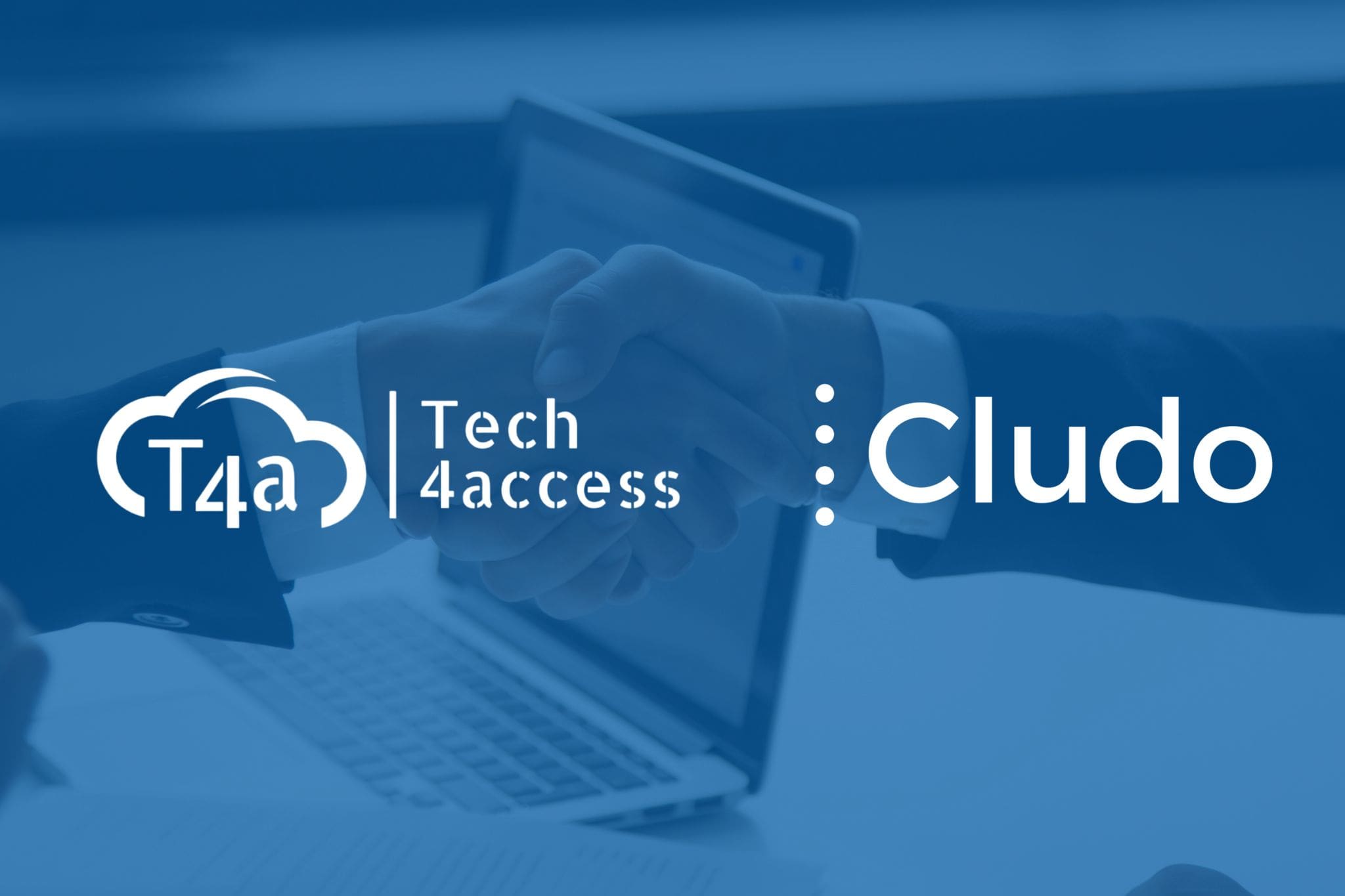From 28 June 2025, EU Directive 2019/882, known as the European Accessibility Act (EAA), is a legal reality in all European Union countries. Its entry into force marks a milestone in the commitment to a more inclusive Europe, obliging companies and organisations to ensure that their digital products and services are accessible to all people.
This digital accessibility regulation not only imposes technical obligations but also redefines the concept of accessibility as a fundamental right in the digital environment. Its application has a direct impact on sectors such as e-commerce, banking, transport, telecommunications, and electronic devices, among others.
In this article, we explain everything you need to know about EU Directive 2019/882: what it entails, who it affects, the key deadlines, and how your company can adapt effectively thanks to solutions like our Service for Integrated digital Accessibility (SIA®).
What is EU Directive 2019/882?
Approved on 17 April 2019 and published on 7 June of the same year in the Official Journal of the European Union, this directive establishes technical and legal accessibility requirements for digital products and services within the European market. Its objective is to reduce the barriers faced by millions of people with disabilities when interacting with digital technologies and services, promoting their autonomy and participation in society.
The directive also aims to unify national regulations to avoid discrepancies and enable companies to offer accessible solutions across the entire European Union.
What products and services does it cover?
EU Directive 2019/882 goes far beyond public websites. Its scope is broad and includes both technological products and digital services, such as:
- IT hardware and self-service terminals (such as ATMs, payment terminals, or ticket vending machines)
- Smartphones, tablets, computers, and their operating systems
- E-commerce (e-commerce websites and apps)
- Transport services, electronic tickets, and mobility apps
- Banking and insurance services
- E-readers and digital reading platforms
- Multimedia content and office digital documents
- Emergency communication services
Likewise, there are exceptions for content published before the entry into force and for micro-enterprises, that is, those with fewer than 10 employees and an annual turnover of less than €2 million, except for essential services.
Who is affected by this regulation?
The regulation requires all companies within the European Union to comply with its requirements, especially those in the private sector and public entities that provide services to private companies. They must ensure that their digital solutions are accessible to all people, including older individuals or those with different types of disabilities, whether visual, auditory, cognitive, or physical.
Furthermore, each EU Member State must designate authorities responsible for overseeing its application and imposing penalties for non-compliance.
What are the key deadlines?
The Directive sets a clear timetable for its implementation:
- 28 June 2022: Deadline for Member States to transpose the Directive into their national legislation.
- 28 June 2025: Mandatory entry into force for products and services introduced to the market from this date onwards.
Additionally, an exception is established for emergency communications: the deadline for applying accessibility requirements in this area is extended until 28 June 2027. Meeting these deadlines is essential to ensure a transition towards a more accessible Europe.
How does Directive 2019/882 differ from 2016/2102?
Before the entry into force of EU Directive 2019/882, a European regulation on digital accessibility already existed in Spain: Directive 2016/2102, focused exclusively on the public sector. This obliged public administrations and entities to guarantee the accessibility of their websites, mobile applications, and digital documents.
The major difference with Directive 2019/882 is that the latter significantly expands the scope and the sector it targets:
- It includes the private sector, affecting companies that offer digital products and services to the public.
- It is not limited to web content but also covers physical devices (such as self-service terminals, e-readers, or smartphones), and services like online banking, transport, e-commerce, and multimedia content.
- It incorporates the principle of universal design, including accessibility throughout the entire process, from the beginning to the final stage of development and monitoring, to ensure compliance over the years.
In summary, while Directive 2016/2102 represented an advance in institutional accessibility, Directive 2019/882 represents a paradigm shift towards cross-cutting digital accessibility, which is also mandatory for the business sector.
Implications for Businesses
Adapting to this directive is not only a legal obligation but a strategic opportunity. Organisations that comply with the requirements will achieve:
- Avoidance of sanctions and compliance with European regulations.
- Improved user experience and corporate reputation.
- Increased target audience that interacts with digital content.
- Improved brand positioning and image as responsible and sustainable.
- Contribution to the achievement of the Sustainable Development Goals (SDGs), especially SDG 10 on reducing inequality.
How to comply with the Directive?
Complying with the requirements imposed by the regulation requires planning, commitment, and adequate resources. At Tech4access, we understand that adapting to this regulation can be complex. That is why we have created the Service for Integrated digital Accessibility (SIA®), an integral solution to help companies and organisations comply with the directive efficiently, sustainably, and safely.
SIA® offers:
- Development and integration of accessibility from the design stage in new digital projects, ensuring inclusive products from their origin.
- Initial diagnosis through technical and functional audits of all your company’s digital assets, in accordance with WCAG standards.
- Personalised action plan according to your company’s sector, size, and priorities.
- Customised training for all levels of the organisation, fostering an accessible culture from within.
- Guided implementation of accessibility improvements, with periodic reports and continuous legal advice, and expert accompaniment throughout the process.
- Monitoring and validation of regulatory compliance, with periodic reports and continuous consultancy.
- Final certification in compliance with current regulatory requirements, following the European technical standard EN 301 549, which adopts the WCAG 2.1 Level AA Guidelines, as a guarantee of compliance and commitment.
This service is designed to adapt to the demands of any national or international regulation, making it the best solution for aligning with EU Directive 2019/882, ensuring that your organisation not only complies but leads the change towards a more inclusive digital environment.
Digital accessibility: the priority for all businesses
Approximately 27% of the adult population in the EU lives with some form of disability, and not considering their needs means leaving out millions of people.
Investing in digital accessibility is a strategic opportunity that drives growth and differentiation. It offers benefits such as improved experience for all users on your platforms, strengthens your reputation as an inclusive brand, and protects you against possible sanctions. The digital transformation will not be complete without accessible environments.
At Tech4access, we help you take that step. Request a free consultation with our team and start building a digital experience that is more inclusive, efficient, and prepared for the future.






